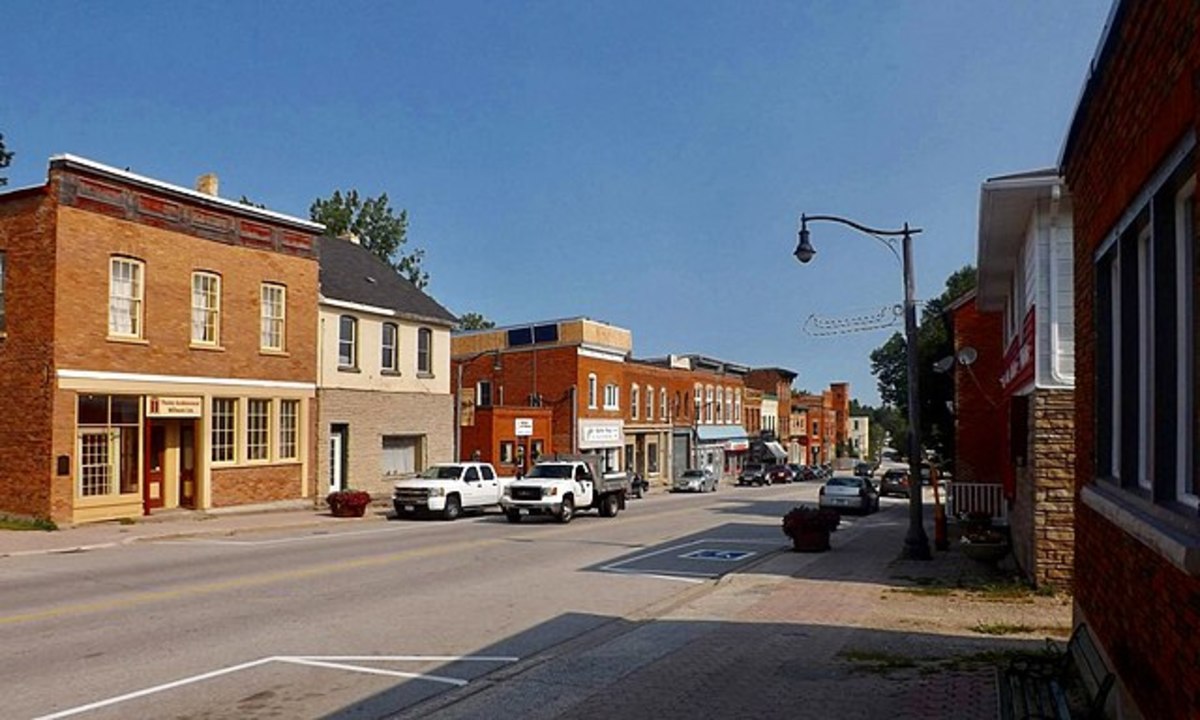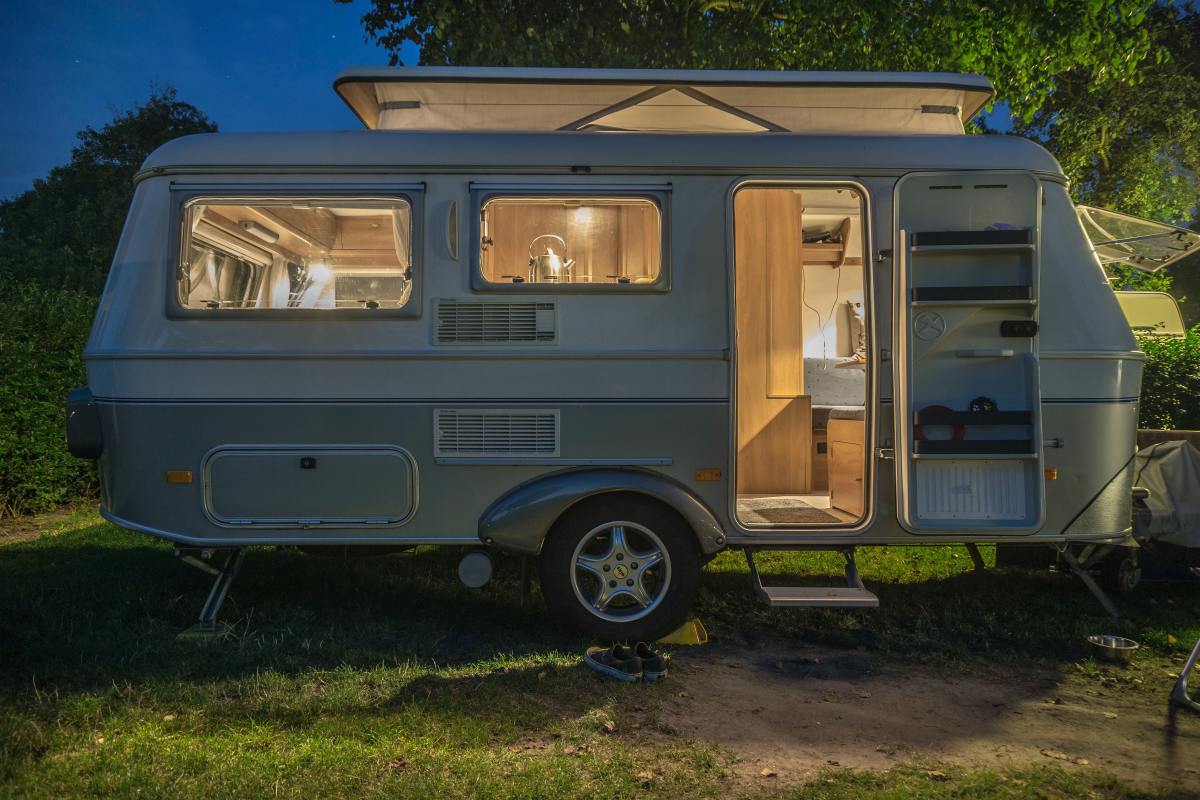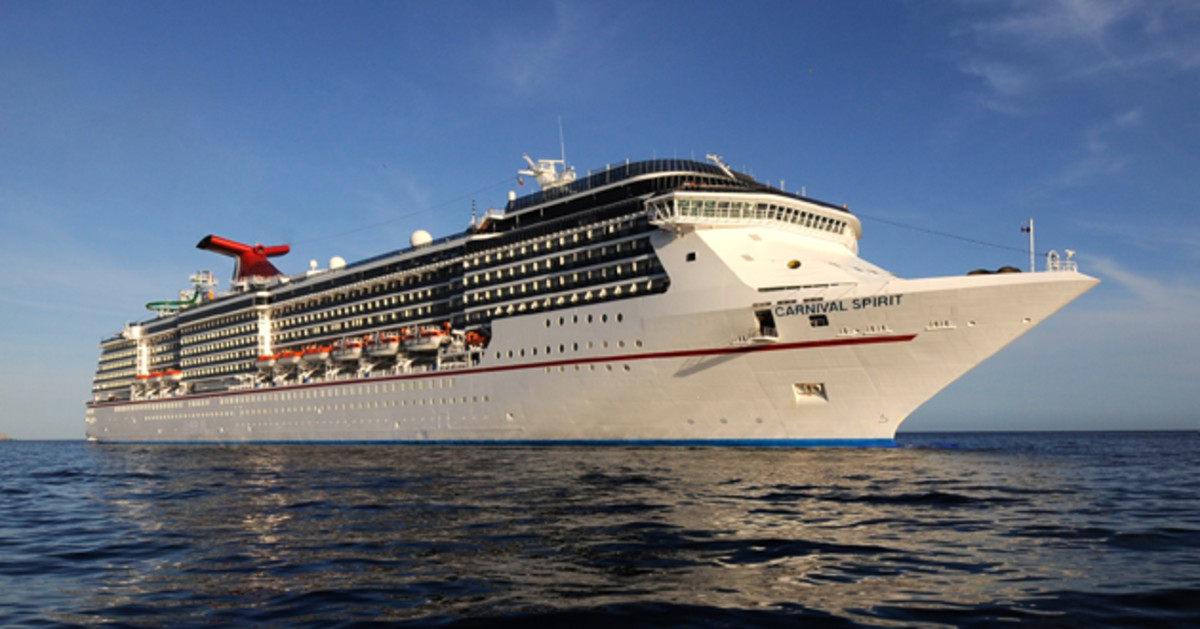Less Parking—More Walkable, Livable, and Sustainable Communities
How To Make Small Tourist Towns Friendly, Walkable, Sustainable Communities—and Responsibly Prosperous
"Those who do not creat the future the want must endure the future they get." — Draper L. Kaufman, Jr.
I recall a long-weekend, back when I lived in the little seaside tourist town of Ganges on Saltspring Island, BC. In its wake, the usual mess latté cups blew in the wind. And the complaints flew that there was not enough parking in town. True, it is hard to park anywhere in Ganges on a long-weekend, especially if you insist on parking directly in front of each and every shop you visit. Or worse yet if you try to wrestle your 8000 pound Destructo SUV into a spot that wouldn’t hold a Smart Car —like the angry out of town woman I witnessed honking her way out of the lot between Barb’s Buns and the Sears outlet.
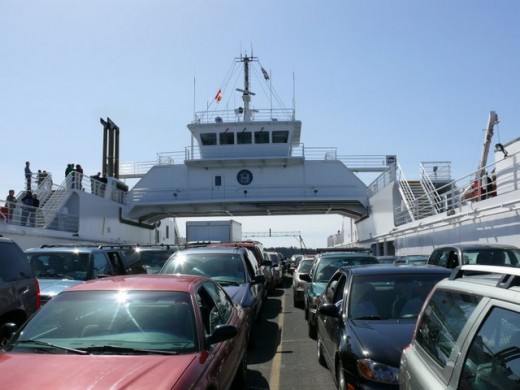
Walking? Driving? Which Is More Relaxing?
I was walking through town on my way to have a late breakfast at the Tree House Cafe. The angry honker was alone in her oversized behemoth, trying to squeeze it through a narrow opening in what appeared to be a maze of randomly abandoned cars.
Finally making it to the corner beside Sears, she floored the big V-8 and jammed it into an opening in the line of vehicles backed up from the stop sign on The Main Road. There she sat, spewing toxic exhaust fumes into the faces of coffee drinkers on both sides of the street.
I sauntered through the line of idling vehicles, walked up the stairs to the bookstore, and bought a paper. Outside, I chatted with a friend, then ambled across The Main Road just as Destructo woman roared away from the stop sign heading north.
By the time I’d ambled across the post office parking lot, there she was again, honking loudly at a woman in a V-6 Terminator trying to back out of the lot the wrong way.
I shook my head, chuckling. I strolled past the Salty Shop, through another line of idling, exhaust-spewing cars, and then sauntered up the little incline into the Tree House. I found a small table under the plum tree, opened my paper, and ordered breakfast.
About 40 minutes later, just as I was finishing my eggs Benny, the now sweating, red-in-the-face sport ute driver burst into the courtyard. Shoving her way through the jumble of tables, she blurt out apologies to her friends for being late, while raging about how "it was “impossible to find parking spaces in this stupid little town.”
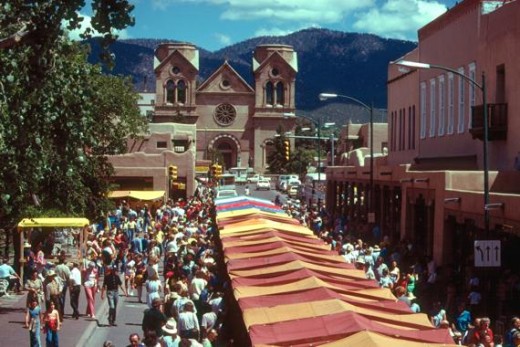
No Parking; More People!
I sympathize with that poor woman’s plight, and wish she’d had a more pleasant visit. But I don’t want to knock down any more buildings, cover up more creek beds, or rip out trees to pacify the likes of this demanding, auto-dependent urbanite. Besides, it wouldn't work. The problem, believe it or not, is not that there is "not enough parking in Ganges", and other small tourist towns. The problem is that there is too much.
Some of the most lovely and visitor friendly towns in the world have little or no parking in their central areas. Take Santa Fe, New Mexico, for instance. Smack in the centre of their downtown is the Zocalo, the center square. It’s a grassy park with a Gazebo in the middle of it. Around the outside of the square Native American artists sell expensive jewelry. Across the street from them, you'll find some of the most expensive retail stores east of Rodeo Drive. People park and walk in Santa Fe. There’s life on the streets. And money!
Compare that to Ganges, which is built around a series of ugly, noisy parking lots strung together by a complicated tangle of one- and two-way streets. People get used to being able to park wherever they want. When they can’t, they complain that there is a "parking problem." If there's enough of a furor raised, the town council knocks down a couple more of the old buildings that makes the town "quaint" and attractive. They "solve" the parking problem by paving over another chunk of paradise.
But do they? The next long weekend, there'll be more traffic jams, more angry Destructo drivers, and more leftover latte cups. And the "parking problem" complaints will fly again. This "problem" (which is really flawed design) is not unique to Ganges, or even small towns. A few years ago, the British government released a major study on traffic congestion that revealed that the two main causes of congestion were new freeways and parking lots.
What? you say. How could that be?
Well, the study found that making it easy and convenient to drive and park brings out more drivers. Build new freeways; more drivers use them. Build new parking lots; drivers fill them up. Studies in the Los Angeles region show the same phenomena. The average speed on the Golden State freeway was 8 miles per hour a week after it opened! Downtown Los Angeles is over 65% freeways and parking lots. Ganges is getting pretty close to the same ratio.
If we keep building parking lots in this and other tourists towns, eventually we’ll really solve the parking problem, simply because we’ll have knocked down all the old buildings that house small retailers and there won’t be any reason for tourists or locals to come into town anymore. Everyone will buy their groceries and supplies off-island, and in the cities, at big box supermarkets like Safeway, or Wal-Mart.
So what to do?
The British found a “counter-intuitive” solution. Make it harder to park in the center of town. Move parking to the periphery. Make the town center pedestrian friendly. Hire kids with bikes and wagons to deliver goods to people’s cars. Provide park and ride service, as they have in tourist friendly Port Townsend, Washington. Stack the cars up in parking structures. Make people pay for the privilege of parking. Create a demand for bus service. Increase the density of the town.
No? Won't work? Too much hassle?
That's what locals and merchants thought in a small Dutch city, when a new council decided to make the centre of town car-free (except for specially designated delivery and emergency vehicles). The merchants cried "foul" and took the Council to court, claiming that no car access or parking would destroy their business. And, in the first year of the closure, they were right. Business dropped off. But in the second year, it rebounded to where it had been. In the third year, it almost doubled. The merchants dropped their lawsuit, and City Council was deluged with requests from other areas of the city to close their streets. So, what to do with all the parking lots we now have?
Tear them up. Build parks and pubs and public housing and fancy B&B’s (like Port Townsend). Create interesting pathways and public spaces like they've done in Missoula, Montana. Create retail cul-de-sacs like you find all over Europe, and on Orcas Island, Washington, where people can wander, searching for that out-of-the-way bistro or gallery they heard about from a friend. When they’re relaxed and out of the traffic they’re more likely to linger in your shop or café, have a good time, and drop a little cash.
Let’s make little west coast towns like Ganges into thriving, vital, seaside villages—exciting, and pleasant places to live and visit. To do so, we could start by re-thinking our approach to parking. I doubt we’ll convince the angry Destructo driver to give up her prize status symbol, but the rest of us might enjoy walking a couple of blocks along well-designed, tree lined streets with a mix of shops, studios, cafes and offices—especially if we can sit, free of car noise and exhaust fumes, sipping our beer or lattés at an open air cafe in the center of a quiet little town surrounded by a magnificent natural scenery.
By the way, the grocery bags in the back of the Destructo? All from Safeway!
----------------
Bruce Elkin is a writer, author and Life Design Coach with 20 years of experience helping other writers and creatives organize their lives and work around their passions.
If you enjoyed this hub, please "share it" with others, and give it a "thumbs up!" below. Thanks!


